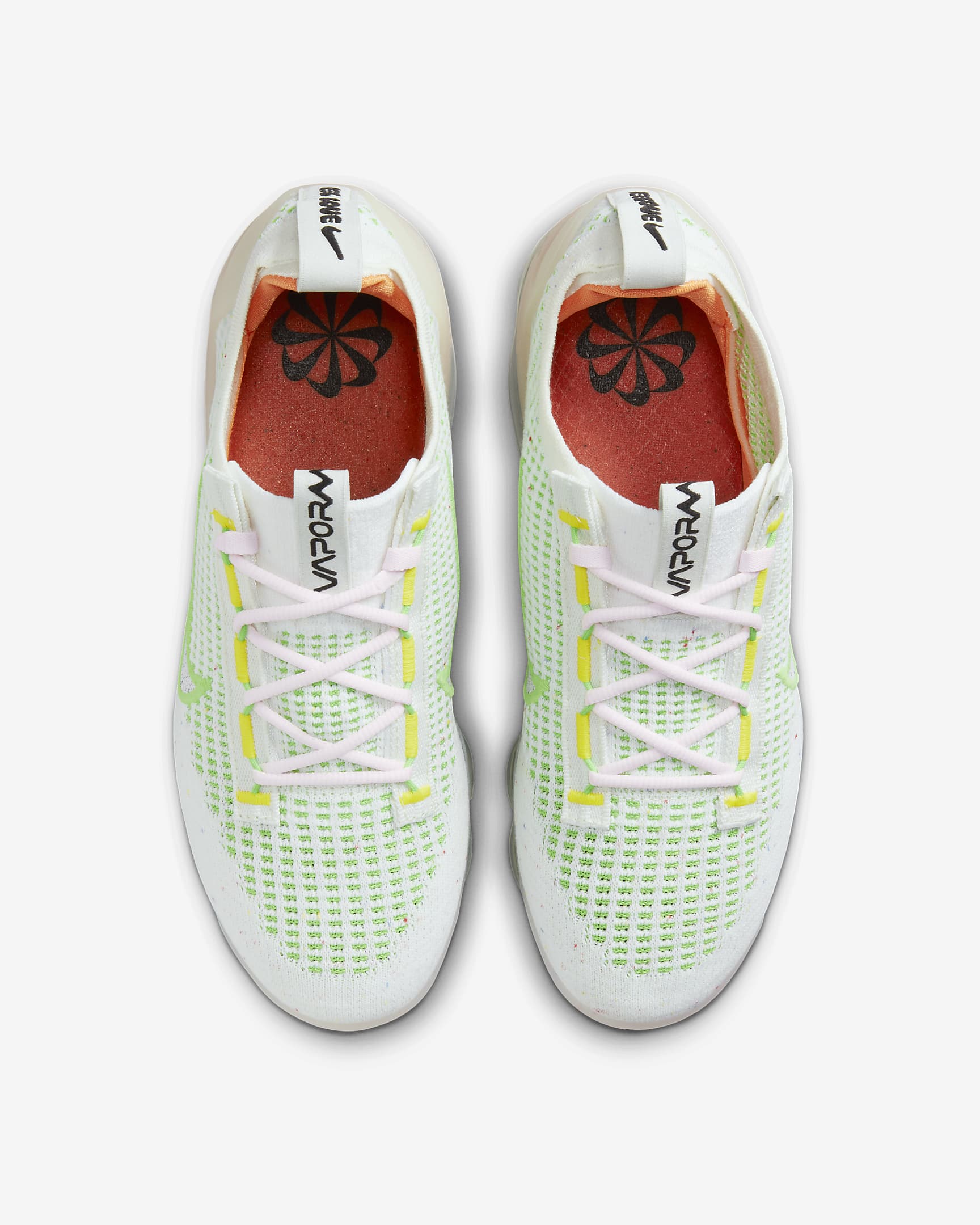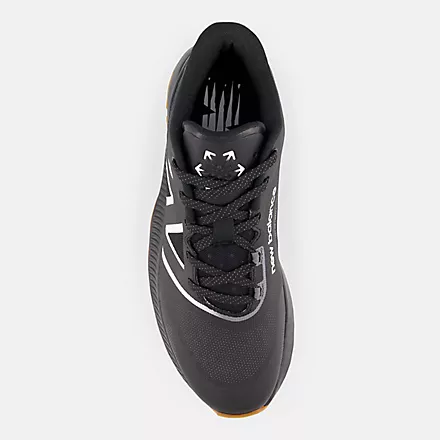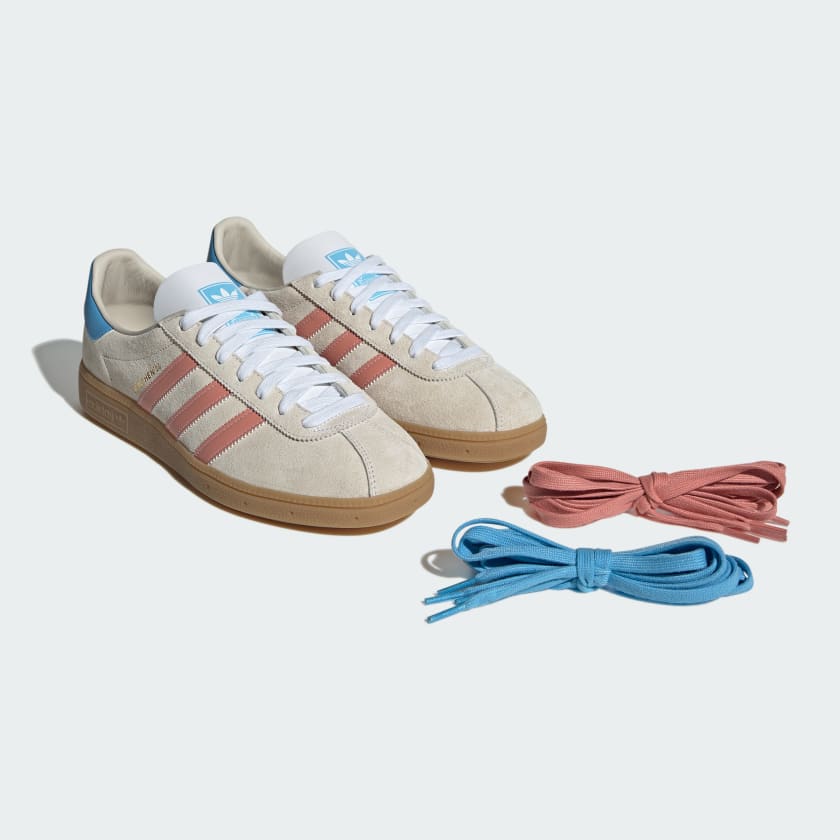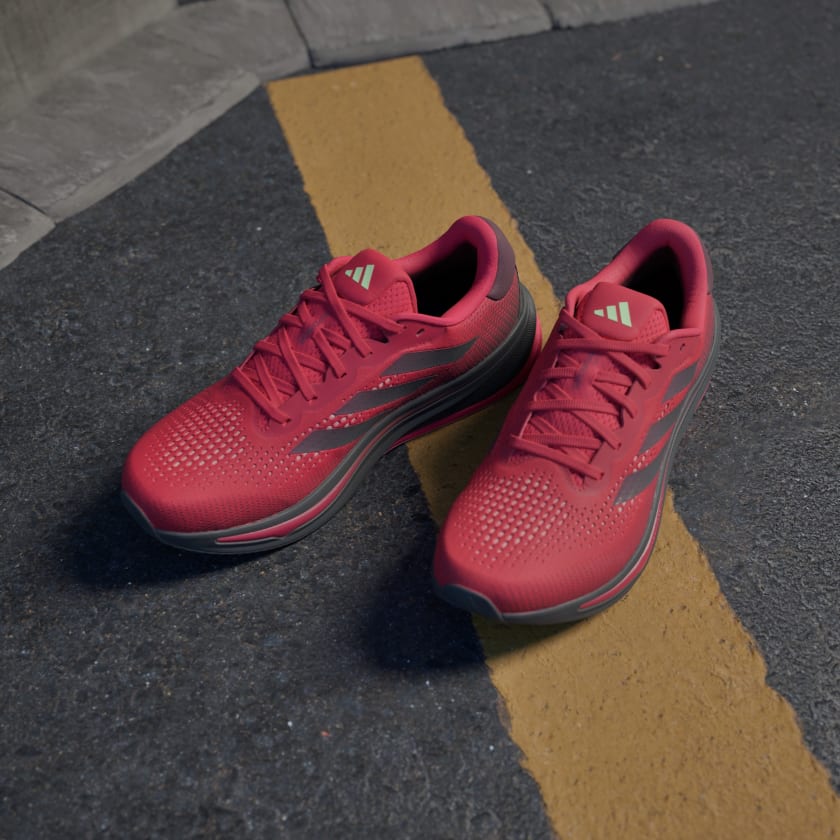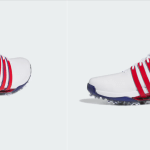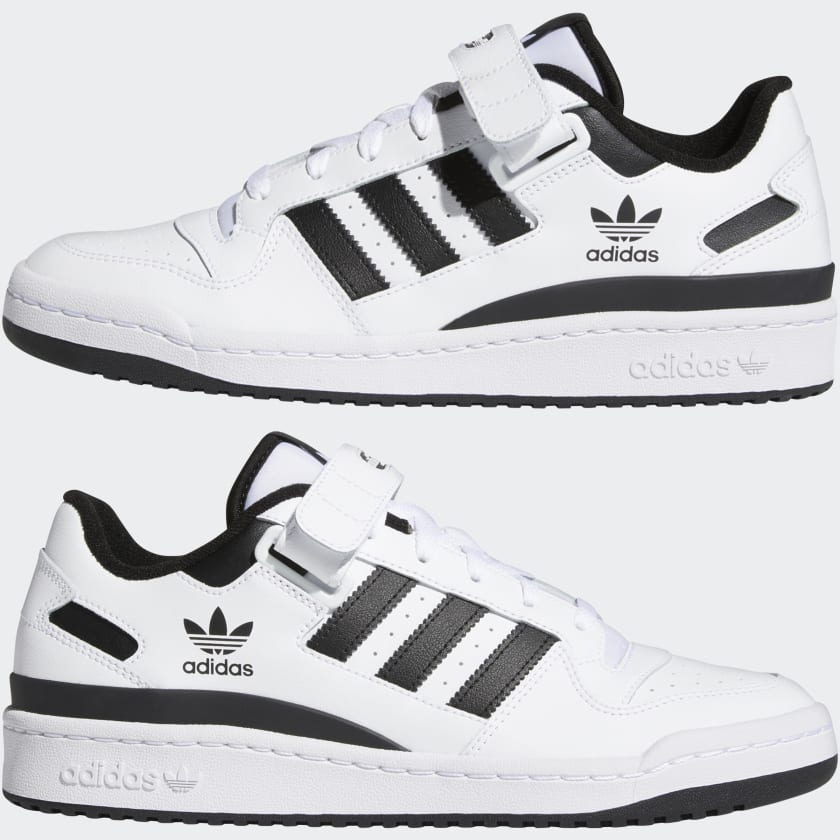Discover the difference between Hoka vs Kuru for plantar fasciitis relief. Which brand offers the best support and comfort? Find out now!
If you suffer from plantar fasciitis, you know how debilitating the condition can be. The pain and discomfort in the heel and arch of your foot can make walking and daily activities challenging. Fortunately, there are specialized shoes available that can provide the necessary support and cushioning to alleviate the symptoms of plantar fasciitis. Two popular brands known for their supportive footwear options are Hoka and Kuru.
In this article, we will compare Hoka and Kuru shoes to help you make an informed decision on the best shoe for your plantar fasciitis needs.
Understanding Plantar Fasciitis
Plantar fasciitis is a common foot condition characterized by inflammation and pain in the plantar fascia, a thick band of tissue that runs along the bottom of your foot. The condition is often caused by repetitive stress on the fascia, leading to micro-tears and irritation. Wearing proper footwear is crucial for managing plantar fasciitis and reducing discomfort.
Features of Hoka Shoes for Plantar Fasciitis
Hoka shoes have gained popularity among athletes and individuals with foot pain due to their exceptional cushioning and support. Here are some key features of Hoka shoes that make them suitable for plantar fasciitis:
Superior Cushioning
Hoka shoes are known for their plush cushioning, which helps absorb shock and reduce the impact on your feet. The extra cushioning in the midsole provides excellent support and alleviates pressure on the plantar fascia.
Arch Support
Plantar fasciitis often results from poor arch support, causing the fascia to stretch excessively. Hoka shoes are designed with built-in arch support to provide stability and promote proper foot alignment, reducing strain on the fascia.
Stability
Hoka shoes offer excellent stability, which is crucial for individuals with plantar fasciitis. The wide base and innovative design provide a secure and balanced platform, preventing excessive foot movement that can aggravate the condition.
Lightweight Design
Despite their maximum cushioning, Hoka shoes are surprisingly lightweight. This feature ensures that you can enjoy the benefits of superior support without feeling weighed down or fatigued during daily activities or workouts.
Benefits of Kuru Shoes for Plantar Fasciitis
Kuru shoes are another popular choice for individuals seeking relief from plantar fasciitis. Let’s explore the key benefits of Kuru shoes:
Anatomical Footbed
Kuru shoes feature a patented anatomical footbed design that molds to the natural contours of your feet. This personalized fit offers exceptional comfort and support, reducing pressure points and promoting proper foot alignment.
Heel Support
The heel area is crucial for individuals with plantar fasciitis, as it experiences significant impact during walking or running. Kuru shoes incorporate reinforced heel support to absorb shock and provide additional cushioning, alleviating pain and reducing the strain on the plantar fascia.
Breathability
Proper airflow and ventilation are essential to maintain foot health and prevent excessive sweating and odour. Kuru shoes are designed with breathable materials and mesh panels that promote airflow, keeping your feet dry and comfortable throughout the day.
Customizable Fit
Kuru shoes often come with adjustable closures or laces, allowing you to customize the fit according to your foot shape and size. This feature ensures a snug and supportive fit, preventing slippage and minimizing friction that can exacerbate plantar fasciitis symptoms.
Comparing Hoka and Kuru Shoes
Both Hoka and Kuru offer exceptional footwear options for plantar fasciitis relief. Here’s a comparison of their key features:
| Feature | Hoka | Kuru |
|---|---|---|
| Cushioning | High | High |
| Arch support | Good | Excellent |
| Stability | Neutral | Stable |
| Heel drop | 4mm | 0mm |
| Weight | Light | Medium |
| Price | $100 and $300 | $75 and $200 |
| Versatility | Good for running, walking, and everyday wear | Good for walking, standing, and everyday wear |
| Recommended for | People with plantar fasciitis who want a comfortable and supportive shoe | People with plantar fasciitis who need a lot of arch support and stability |
As you can see, both Hoka and Kuru shoes offer good cushioning and arch support, which are two important features for people with plantar fasciitis. However, Kuru shoes have more arch support than Hoka shoes, and they also have a lower heel drop, which can be helpful for people with overpronation. Kuru shoes are also slightly heavier than Hoka shoes, but they are still relatively lightweight.
Ultimately, the best shoe for you will depend on your individual needs and preferences. If you are looking for a comfortable and supportive shoe for everyday wear, either Hoka or Kuru shoes would be a good option. However, if you have severe plantar fasciitis and need a lot of arch support and stability, Kuru shoes may be a better choice.
Comfort and Cushioning
Hoka shoes are renowned for their plush cushioning, offering a soft and supportive feel. Kuru shoes, on the other hand, provide a personalized fit with their anatomical footbed design, molding to the contours of your feet for customized comfort.
Support and Stability
Hoka shoes excel in providing arch support and stability with their unique midsole construction. Kuru shoes focus on heel support, reducing impact and providing cushioning in the heel area.
Durability and Longevity
Both Hoka and Kuru shoes are built to last, using high-quality materials and superior craftsmanship. However, individual shoe models may vary in terms of their durability and longevity, so it’s essential to read customer reviews and consider the specific shoe model you’re interested in.
Style and Design Options
Hoka offers a wide range of shoe styles, catering to various preferences and needs. Kuru shoes also come in different designs, allowing you to find a pair that suits your style while providing the necessary support for your plantar fasciitis.
Choosing the Right Shoe for You
Selecting the best shoe for your plantar fasciitis depends on several factors. Here are some tips to help you make an informed decision:
Assessing Your Specific Needs
Consider the severity of your plantar fasciitis, your foot shape, and any other unique requirements you may have. This assessment will help you narrow down the options and find a shoe that addresses your specific needs.
Trying On Different Models
Visit a shoe store and try on different Hoka and Kuru shoe models. Pay attention to how they feel, ensuring they provide adequate cushioning, support, and a comfortable fit. Walk around and assess the shoes’ performance during various movements.
Consulting with a Podiatrist
If you’re unsure which shoe brand or model is best for your plantar fasciitis, consult with a podiatrist or healthcare professional specializing in foot conditions. They can provide personalized recommendations based on your foot structure and the severity of your condition.
Conclusion
When it comes to finding relief from plantar fasciitis, choosing the right shoe is crucial. Both Hoka and Kuru offer excellent options, each with unique features and benefits. Consider your specific needs, try on different models, and seek professional advice to make an informed decision. Investing in the right pair of shoes can significantly alleviate your plantar fasciitis symptoms and improve your overall foot health.
FAQs
Are Hoka and Kuru shoes only suitable for individuals with plantar fasciitis? No, these brands offer a wide range of footwear options suitable for various foot conditions and everyday use. However, their features make them particularly suitable for individuals with plantar fasciitis.
Can I use Hoka or Kuru shoes for running? Yes, both Hoka and Kuru offer running shoe models designed to provide the necessary support and cushioning for runners, including those with plantar fasciitis.
How long does it take to experience relief from plantar fasciitis symptoms with Hoka or Kuru shoes? The time it takes to experience relief may vary depending on the severity of your condition and individual factors. However, many individuals report significant improvement in comfort and pain reduction after wearing supportive shoes consistently for a few weeks.
Are Hoka and Kuru shoes suitable for individuals with wide feet? Yes, both Hoka and Kuru offer shoe models with wider widths to accommodate individuals with wider feet. It’s recommended to check the specific shoe model’s width options to find the most suitable fit.
Where can I purchase Hoka or Kuru shoes? Hoka and Kuru shoes are available for purchase online through their official websites, as well as in select retail stores that carry their products.


